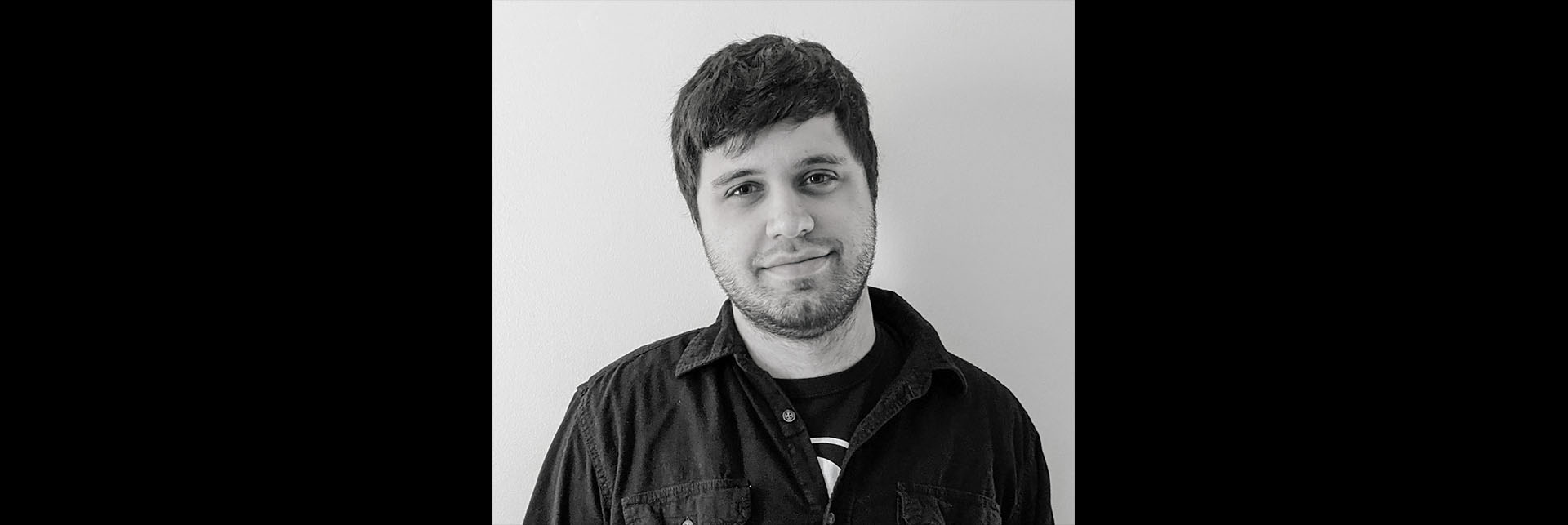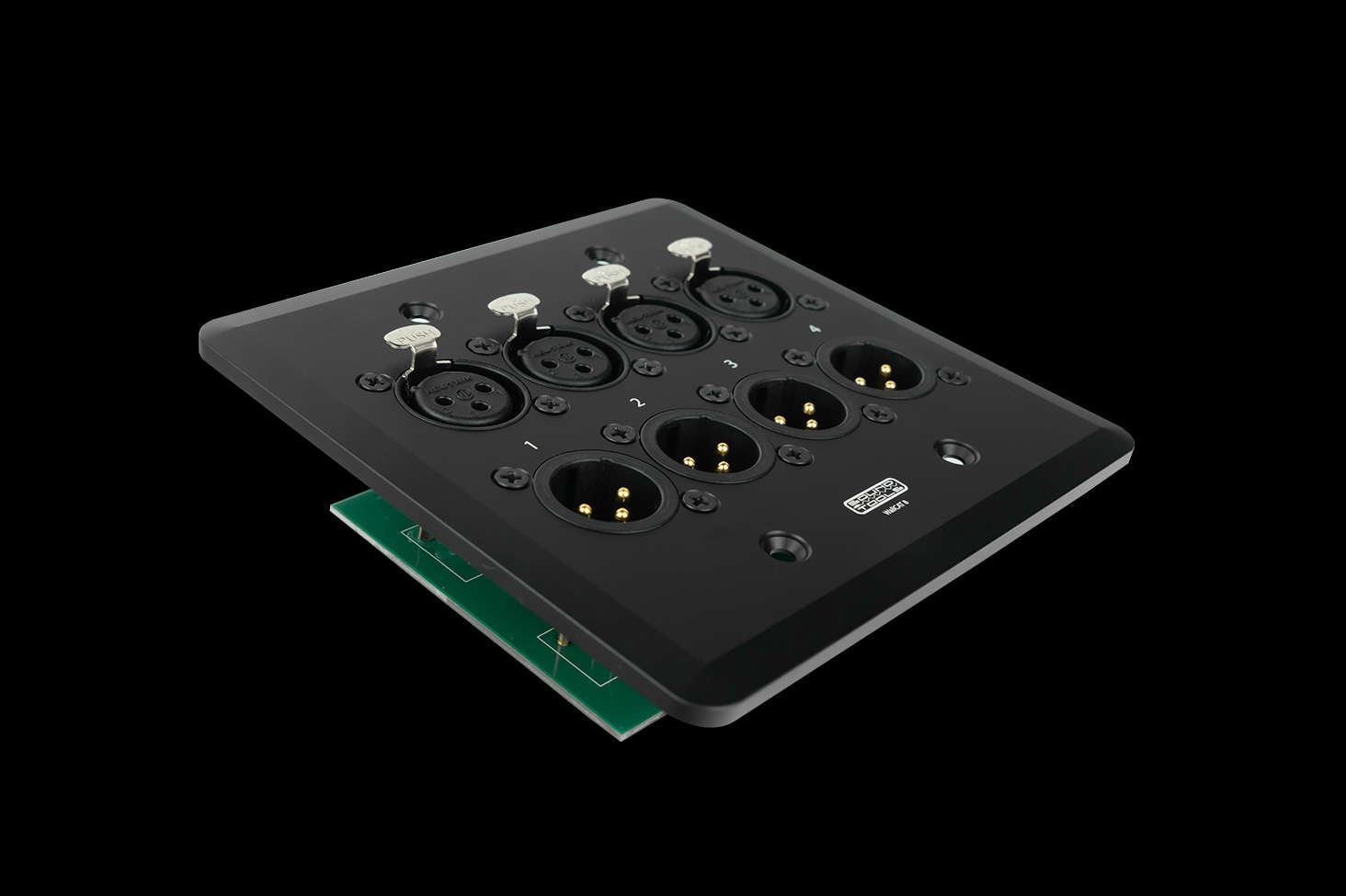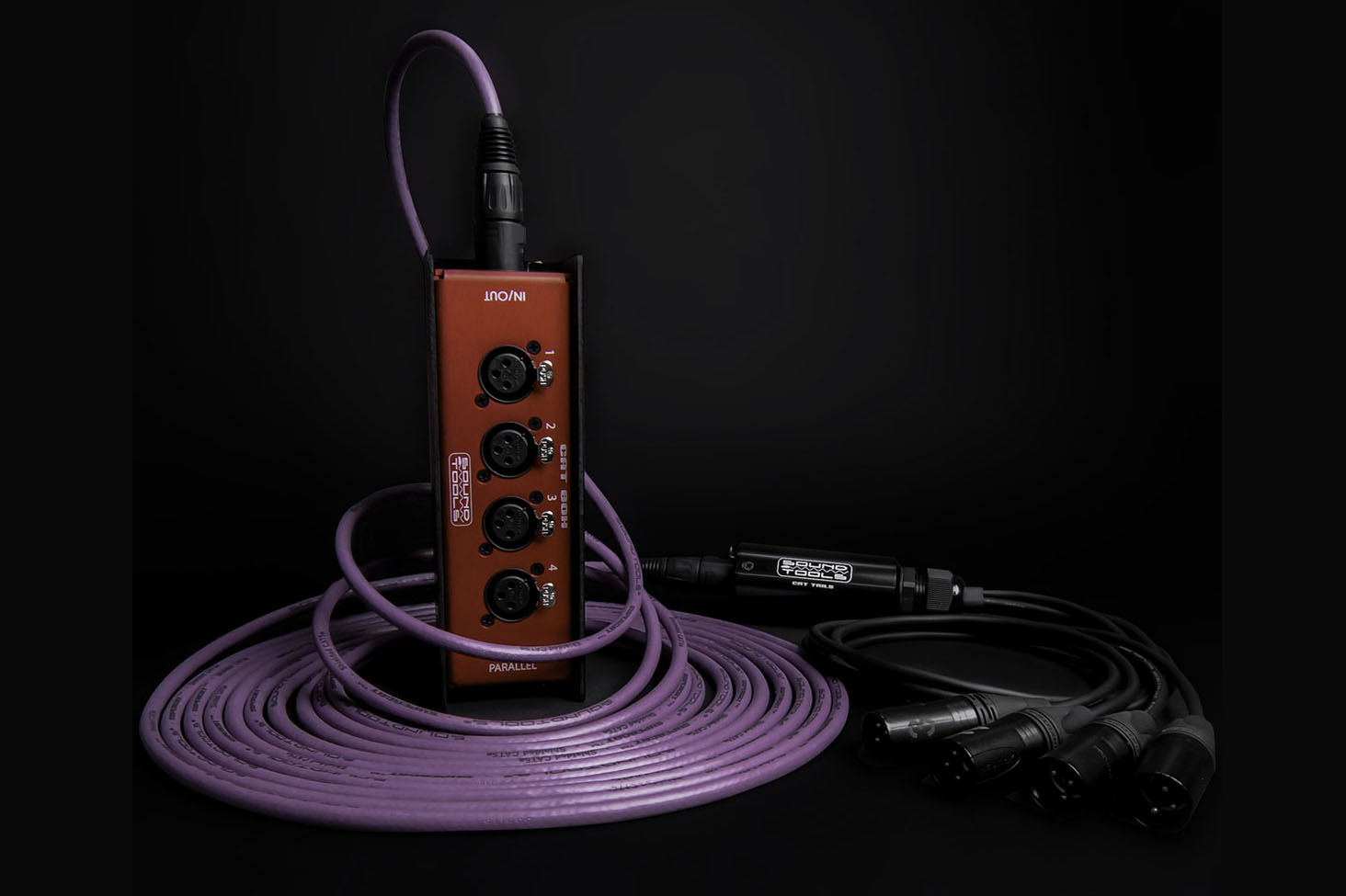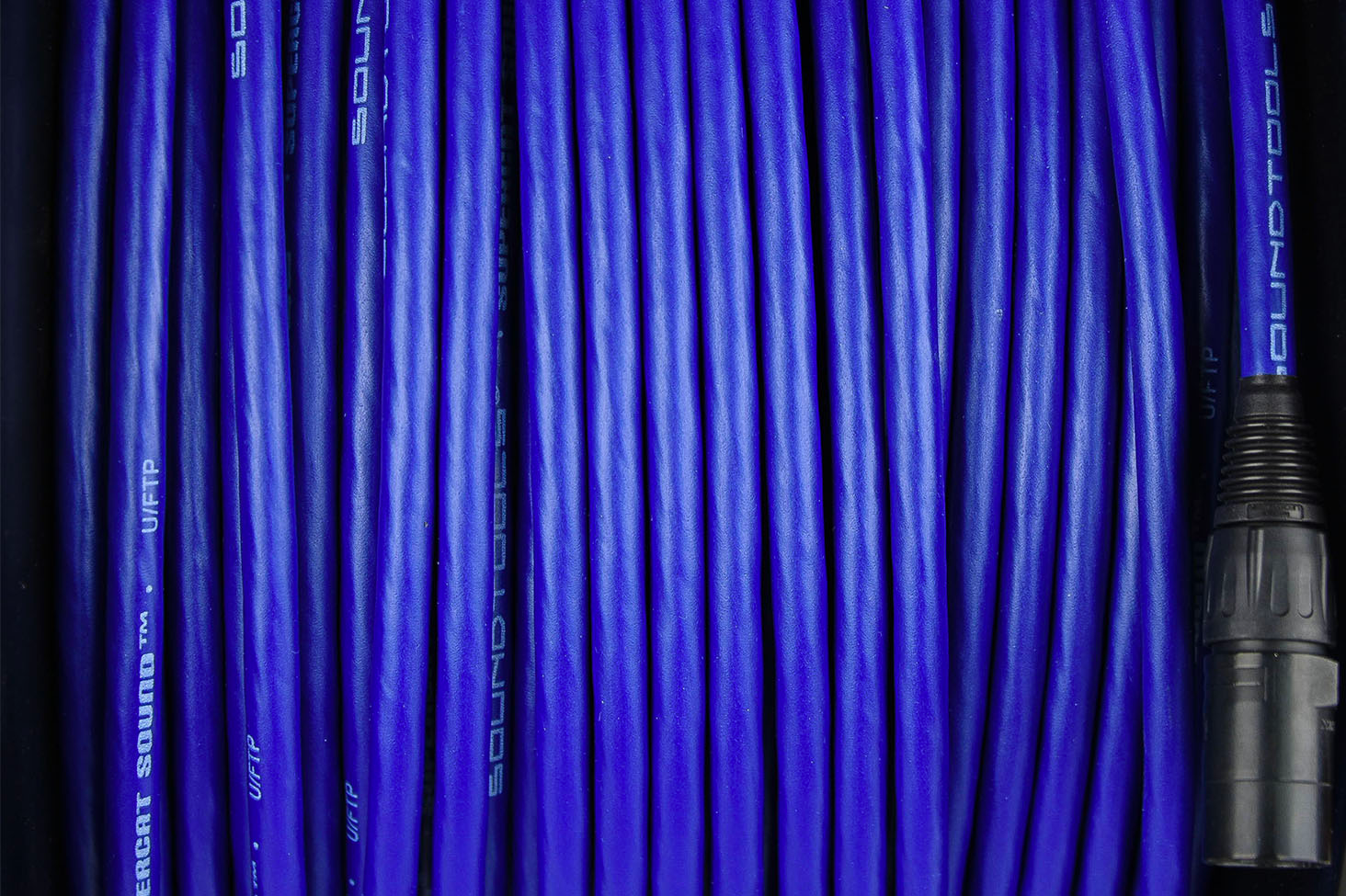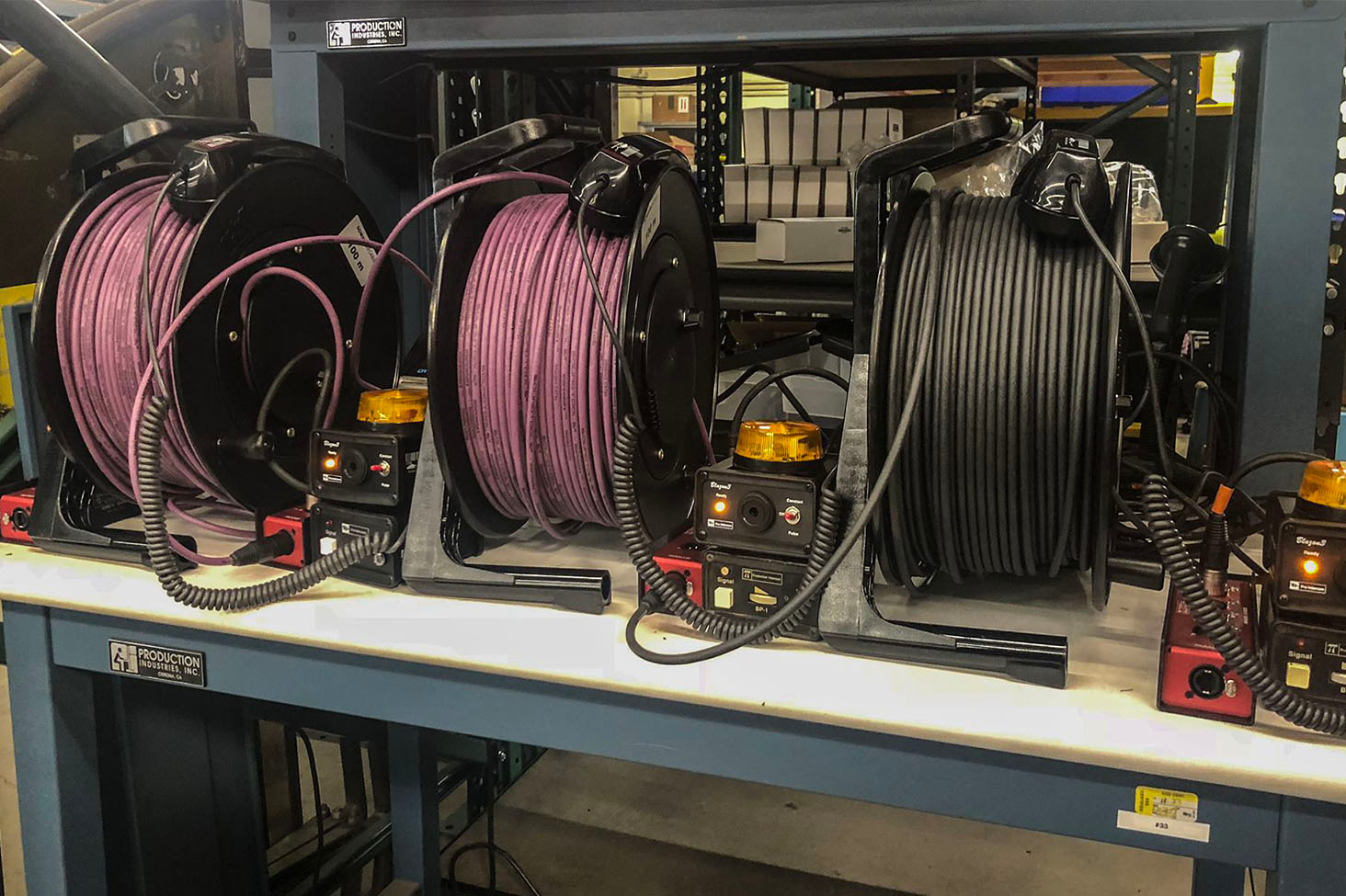Interview with Michael Lawrence
Live Sound Engineer, Smaart SPL Product Manager for Rational Acoustics and Technical Editor
Meet Sound Human Michael Lawrence a Live Sound Engineer, Smaart SPL (Sound Pressure Level) Product Manager for Rational Acoustics and Technical Editor for various industry magazines and books. As the Smaart SPL Product Manager, Michael shared with us the importance of understanding the impact of sound exposure and how it is measured.
How long have you been in the industry and what got you started?
I usually joke that I was left unattended in my school's auditorium, but that's pretty much what happened. I thought the audio and lighting gear in the booth was pretty cool, and the person who was contracted with the school to look after the tech actually answered my questions and taught me things rather than telling me to get lost. Coming up on 20 years later, we are still working together and our companies routinely partner on events, which is pretty cool. We have been working together long enough at this point that when we do events, we barely talk to each other, because we each pretty much know what the other person is going to do by now. It makes for some laughably quiet load ins.
Do you believe there is a specific path one needs to take in order to be successful in the industry?
Specific path, no. Specific attitudes or characteristics, yes. Above everything else - express an interest. This industry is united by passion. Just showing up and being enthusiastic and passionate will open so many doors. Whenever I do an AES panel or speak to a college audio club or something, maybe 50 people will come up to me after and say "I really want to learn about this, I really want to do this for a living," and I'll give them my contact info, but out of those 50 I might actually hear from 1 or 2. It can be so hard to get over that initial speed-bump of reaching out to someone and saying "hey, can I ask you some questions?" but whatever is holding people back, whether it's nerves, or just not knowing what specifically to ask about, I would encourage them to do their best to just bite the bullet and send that email. If you're willing to put a little effort in to communicate your interest, and connect with people, the rest will come. People are surprisingly willing to share their knowledge with you if you just ask.
What led you to your role as the Smaart SPL Product Manager for Rational Acoustics and what does that role entail?
A few years back I started writing a blog sharing my thoughts and observations on some of the system alignment work I was doing in the field. I would post screenshots of the data and talk about my decision process, not really with the intent of educating anyone as much as sharing and solidifying my own approach to the work. Apparently, John Aldrich, Rational's Director of Technical Operations, was following along and keeping tabs on what I was doing. Some months later, I was reading the Smaart v8 user guide, and was circling typos as I went, and when I finished, I basically sent an email into support saying "hey, here's a bunch of mistakes in your documentation," and next thing I know, Jamie Anderson is calling me up asking if I want to come work with them. And if you're a measurement nerd, that's sort of the equivalent to the little kid who goes to the ballgame and his favorite team asks him to run out on the field and play an inning.
So I came on board at a time when sound level measurement was really starting to gain a lot of importance in the industry, and so a lot of my job is to spend time talking with mix engineers, see how they're using the toolset at shows, talk to them about what could be better, keep up with industry best practices and research related to concert sound exposure, and then bring that all back to the office and try to figure out the best use of our development resources to make the tool better, alongside all the work we're doing with all the rest of Smaart's functionality.
What is the importance of being more aware of sound exposure?
I like to compare it to smoking in the 1950's. At that time, it was a real cool thing to do, and there wasn't a lot of serious concern about the health effects. But in 2021, we all know better, and we know it's not good for your health. Concert sound exposure is the same way - it's a thing our industry has been sort of willfully ignorant of for a long time ("if it's too loud, you're too old") but now that we have amassed a good amount of data on it, we know it's not good for people, and we have a good understanding of what's safe and what's not. If you're operating a sound system, you're responsible for the operation of a system that has the ability to do harm to people - just like electrical work or rigging or pyro - and so we have the same ethical responsibility to operate in a way that keeps people safe - and not just the audience, but also the artists, the crew - and ourselves! It's better for everyone involved. A lot of my work deals with helping mix engineers understand the factors involved and teaching techniques for how to achieve dynamic, impactful, full-sounding mixes that aren't going to hurt people.
How do you measure SPL (Sound Pressure Level)?
With a microphone! We're talking about measuring the strength of the vibrations in the air caused by sound waves. Turns out a microphone is really good for that. The microphone's signal gets fed into your SPL measurement software (or hardware) and from there, generally gets filtered and weighted, averaged and integrated in various ways depending on what we're trying to investigate - for example, we might be interested in the highest Peak level achieved during a performance, or the average level over a three-song set, or maybe just the energy in a certain portion of the spectrum that's most likely to disturb the neighbors. We have a lot of options and ways to look at the data - once you know what you hope you learn with your measurement, that informs the choice of metrics that will be the most helpful.
How long have you been working as a Technical Editor and what publications have you worked on?
I've been on the ProSoundWeb editorial team for three or four years now. I look after the content on the site, plus Live Sound International and Church Sound magazine, and I've also worked on a few textbooks (most recently, Ethan Winer's The Audio Expert and John Huntington's Introduction to Show Networking). I absolutely love doing this work, because I get to work very closely with very smart, knowledgeable people, and help them figure out the best way to clearly communicate their information. I've learned so much about various aspects of audio engineering as a result, and that's something I really appreciate. Plus - I like books!
Do you still tour or work gigs as an audio engineer? If so, is it hard balancing your roles ever? If so, how do you manage this?
Absolutely. I'm a freelance mix engineer and system tech. I do a decent amount of work for a few local and regional production companies, I'm the house A1 at a 600 seat theater on the campus of Hamilton College, and I mix a few local bands as well when I can fit it in the schedule. It can definitely be tricky to balance everything, but it's sort of a "roots" thing for me - that passion for having fingers on faders, or going into a space and tuning a sound system to get really satisfying even coverage - that's the kind of work that I fell in love with and it's important for me to do it when I can. Sure, there are some days when I feel like I'm not going to get to sleep ever again, and it's definitely an ongoing challenge for me to balance everything and still have some down time - but I'm very fortunate that I love what I do.
What is the best sound tip you have ever received or would give to another Sound Human?
Have a reason for everything you do. I don't remember who gave me that advice originally, but it's something that I keep coming back to. As I work, I'm constantly asking myself why I'm doing something a certain way. Do I want to put this wedge down with the horn towards the left, or towards the right? What's causing this 200 Hz resonance in the vocal that I'm about to EQ out? It really shed some light on my process, helped me find inefficiencies, and allowed me to work faster and with more precision because I'm making considered decisions rather than just sitting there twiddling knobs. It also causes me to constantly re-evaluate some things, which is the best way to improve!
